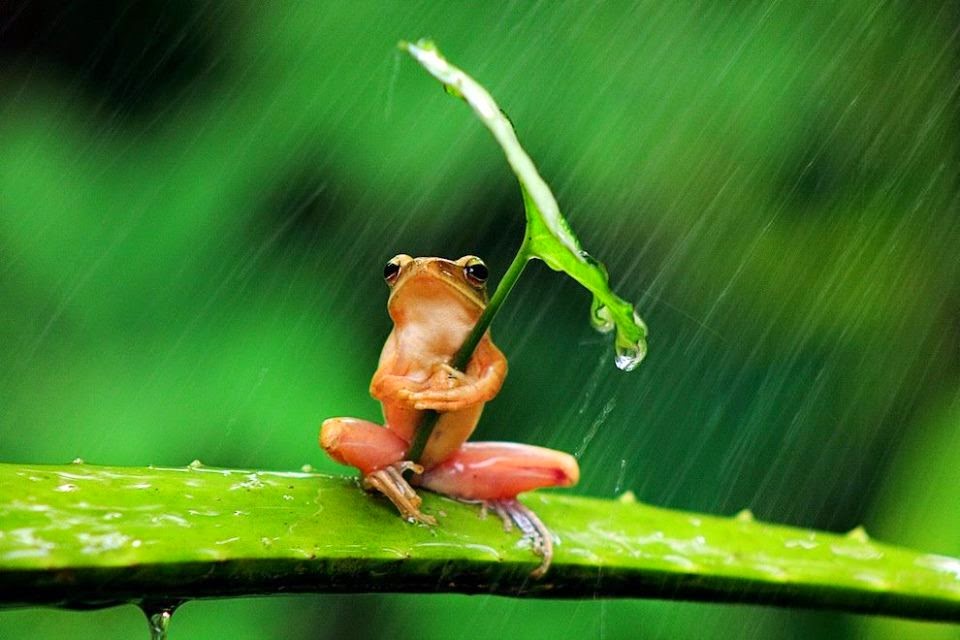One of the many great things about travelling is the variety of food available to try. I like to consider myself as an adventurous person when it comes to trying the delicacies of foreign countries. There are some things that I will not try under any circumstances, things such as insects or snails (mainly because insects and snails make my skin crawl – even when they are alive), but just about anything else is fair game.
I thought I had seen it all on my travels, particularly in China where they eat just about anything. However, Japanese food proved to be just as challenging, and I found myself in a position where I had to pluck up a hidden wedge of courage from a cache that I didn’t know existed within me.
My first encounter with authentic Japanese cuisine came on my very first day in Tokyo. Mrs PM and I visited a small bar/snack bar in the early evening. We sat at the bar, along with everyone else, and watched the bar staff serving beer and cooking food in an open kitchen. The initial idea was to grab a beer and introduce ourselves, slowly to Japanese social culture and watch the people. Mrs PM is far more adventurous than I am and suggested that we try one of the snacks on offer. She signalled the barman who presented us with a small menu written in Japanese with English translations next to it.
Here is what we were given:
I stared at the menu in disbelief. In case you can’t read it, here’s what was on offer:
Trachea, spleen, large intestine, rectum, uterus, small intestine, spinal column, organ (whatever that was – my mind truly boggled), throat, testicles, choice uterus, brain, birth canal.
It looked to me like something out of a hospital or medical laboratory.
The barman offered us “his choice of three items” in broken English.
“NO!!!” we both wailed and opted for a couple of safe items (two lots of bacon and shoulder meat).
A few days later we had immersed ourselves in an authentic Japanese hotel in a place called Hakone, near Mount Fuji, where we enjoyed traditional Japanese experiences such as bathing in an onsen and walking around in kimonos.
We also had to eat in the hotel (it was half board) and we were subjected to a traditional set breakfast and evening meal.
This meant that we basically had to eat everything on offer, no matter how bizarre. Here were some of the choice things we were given for evening meal:
Steamed abalone, conger eel sushi, jellyfish, eel stew, seaweed, bamboo shoot, raw bream.
I had eaten eel stew before in China and I hated it. The Japanese variety was actually quite nice. The thought of eating jellyfish filled me with dread, particularly because these creatures make me shudder with revulsion. Nevertheless, I remembered a time in China when I accidentally ate jellyfish.
“How can you accidentally eat jellyfish?” I hear you cry.
The truth is, I had popped it into my mouth and was busy chewing it when one of my Chinese colleagues asked me what I thought of the fish I was eating.
“It’s a bit rubbery and tasteless,” I replied.
When he told me what it was, it was too late so I simply carried on eating it. Mrs PM wasn’t keen to try it in Japan but when I ate some, she gave it a go.
If I’m honest, had somebody told me it was jellyfish before I had it in my mouth I would have refused with a look of utter disgust.
For breakfast, we were offered things that we wouldn’t normally have considered eating as our first meal of the day. Here are some of the things we were presented with:
Sesame tofu with noodles, fried horse mackerel, miso soup with crab, sashimi squid, sea urchin.
As odd as those things are, nothing had prepared me for sea urchin. I dipped deeply into my reserves of courage and found something that enabled me to try it. I was pleasantly surprised; it wasn’t as bad as I had initially thought – quite tasteless really.
Having eaten in an authentic Japanese hotel restaurant, both Mrs PM and I were no longer worried about what to eat and what not to eat. We ate Japanese food for most of the remainder of our stay, in particular enjoying sushi.
In Kyoto, in a specialist sushi bar, we ordered mixed sushi for lunch. As we were eating, we noticed two older Japanese men next to us, both of whom were quite drunk. What followed was a brilliant exchange with me and Mrs PM speaking to them in English and them replying in Japanese. We had no clue what was being said – and neither did they.
However, the most talkative guy started pointing at the menu as if to say “try this” We politely refused because we had had enough, but before we knew it, he had ordered yet more sushi for us. We guessed it was his favourite fish – and very nice it was too.
Before we knew it, he had bought us a beer each. The one English word he knew was “American” so we spent the rest of our twenty minutes together trying to convince him that we were English. Finally, we bought them a beer back and they took this as a signal that we wanted to carry on drinking with them. They paid and signalled to us, with a variety of hand signals, that we should join them in a bar crawl of Kyoto.
We had to politely refuse because we had a bullet train to catch. I resorted to showing him a photograph of a train to push my point home.
As they wobbled out of the sushi bar, I remarked to Mrs PM that it was a good job he hadn’t bought us something less appetising than sushi. Japanese people are extremely polite and I would have struggled to eat it just to accept his hospitality.
Before I go again, I guess I need to learn the Japanese for:
“I’m sorry I don’t like birth canal, uterus, brain, testicles and organ (whatever the hell that is)”

























